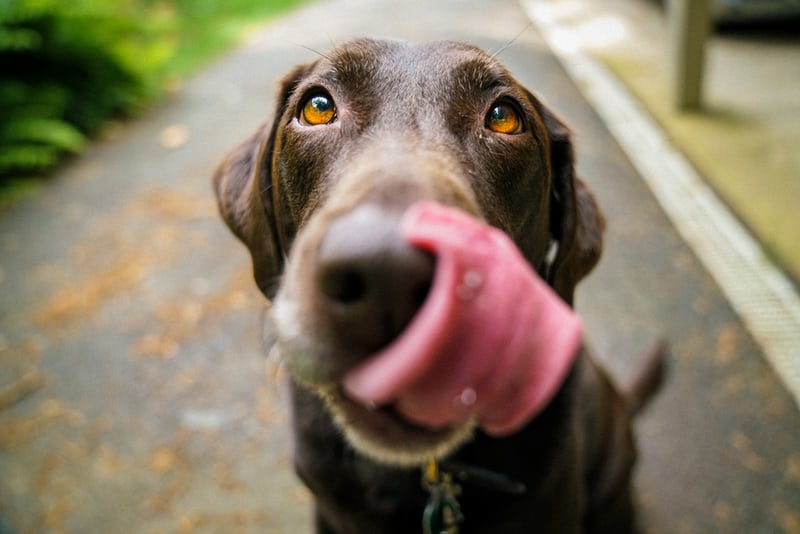Pet owners often misunderstand or incorrectly deal with pet behavior problems. You may have never had a dog, are thinking about obtaining one, or wish to help your dog solve a problem. Knowing the most common dog behavior problems is the primary step toward dealing with and avoiding them. Most of these issues can be avoided or controlled with a solid foundation of obedience training.
Typical Pet Behavior Problems
Jumping and licking are examples of typical behaviors that people find annoying. This is crucial to bear in mind when teaching your pet. Rather than making them feel bad for displaying “dog behavior issues,” show them polite behaviors that are improved with benefits. Right here are the top five problems and how to handle them:
Barking
Most dogs vocalize in several ways: bark, howl, whine, etc. Too much barking is considered a behavior issue. Determine why your pet is vocalizing in the first place before you can handle too much barking.
Control their excessive barking by educating them on bark/quiet commands. Keep a steady, patient attitude, and determine and address any underlying barking reasons. Dedication and persistence can help reduce pets’ barking. Find out more about dog behavior training to reduce unnecessary barking.
Chewing
All pets naturally chew; it is part of their DNA. But, if your pet’s chewing becomes destructive, it might become a behavior problem. If you catch your dog chewing on the wrong thing, make a loud noise to distract him. You must then replace the item with a chew toy.
One of the essential things you can do is ensure your dog has sufficient activity to burn off energy and be stimulated rather than chewing.
Digging
Digging is an instinct for the majority of dogs. Due to their hunting histories, certain dog breeds, such as terriers, are more vulnerable to digging. It can be aggravating if your pet digs up your backyard. To end the digging, try to identify what is triggering it.
Provide your pet with more activity, spend more time with him, and train him even more. If digging seems unavoidable, designate a space for your pet to dig freely, like a sandbox. Train your dog that digging is only allowed in this area.
Biting
There are many reasons pets bite and nip, but most are instinctive. Puppies nip and bite to explore their surroundings. Mother dogs instruct their puppies to bite softly and discipline them when needed. This aids the puppies in establishing bite restraint. Owners must constantly show their puppies that mouthing and biting are unacceptable by continuing to train bite inhibition.
Any dog may bite if they believe the case validates it. Through effective training, socializing, and breeding techniques, owners and breeders can help reduce pets’ possibility of biting. Keep your pet’s dental hygiene to guarantee oral health and prevent causing damage to others. You can visit professional vets and check out their dental page to learn more about proper dental care.
Aggressiveness
Growling, snarling, showing teeth, lunging, and biting are all signs of pet aggression. It’s crucial to recognize that any dog can display hostile behavior, no matter what type or history. Pets with intense or abusive backgrounds and those bred from aggressive dogs are more likely to present aggressive behavior towards people or other dogs.
With these behaviors, boarding for pets and socialization might be sufficient to fix the behavior. Consult your vet if your pet is aggressive, which could result in a health problem. After that, seek the assistance of a skilled pet trainer or behaviorist. You must take serious precautions to protect others from hostile dogs.
Bottom Line
Now that you’ve found out, some effective dog training methods guarantee you have your pet’s favorite reward for positive support. It’s essential to remember that while you want your pet to be well-behaved at all times, accidents and lapses in discipline are unavoidable. The key is to continue dealing with your dog and reducing problems; the occasional bad manners or behavior will be less troublesome.



